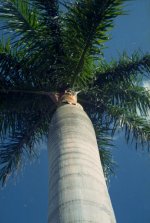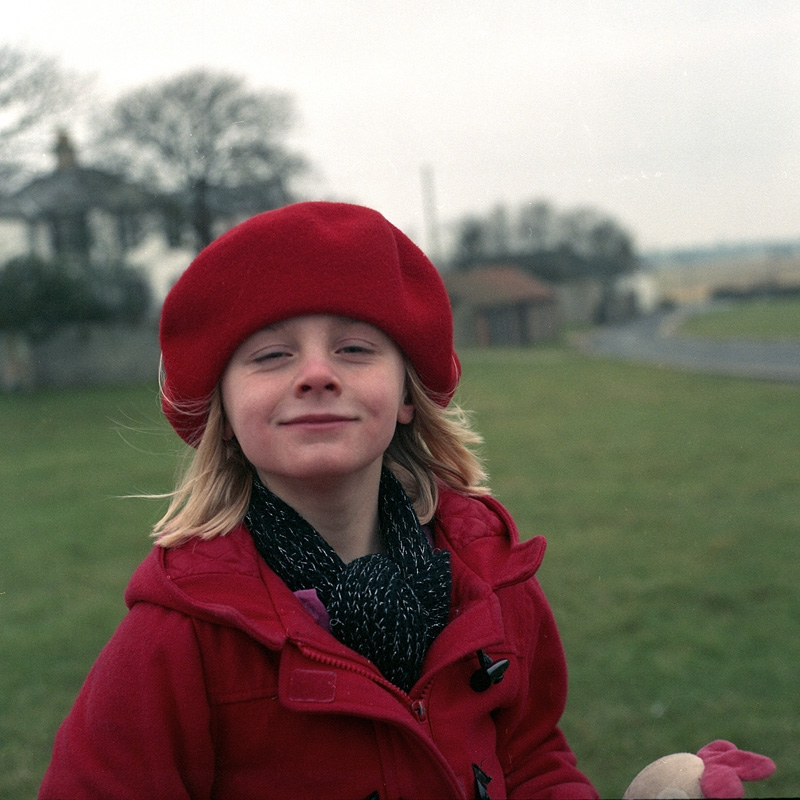Color negs are a real pain to scan with good color. The orange base messes things up because the scanners were really not designed to deal with it.
Scanners can handle any properly exposed photographic media that fits in the film holder.
The issue is with the (scanner) software color profiles.
For any number of reasons (faded dyes, sketchy development, expired film, missing profile, etc.), the software profiles may not adequately neutralize the negative's orange cast.
In which case, obtaining a decent image (from the color negative) is damn near impossible!
Fortunately, the orange base can be trivially removed by "locking" the film base color as described in the Vuescan advanced workflow documentation:
http://www.hamrick.com/vuescan/html/vuesc15.htm
A variation of this is also discussed in Ben Anderson's blog:
http://benneh.net/blog/2008/04/21/better-colour-neg-scanning-with-vuescan/
My experience with this method has been very satisfying (using a Nikon V scanner).
Another issue with scanning color negatives (and slides to a lesser extent) is finding a neutral gray point to set the white balance. In which case, the following method may be useful:
http://www.photoshopessentials.com/photo-editing/neutral-gray/
Often, it may not be possible to find a suitable neutral gray point in the image of interest. In this case, review the other images on the roll (hopefully shot under similar lighting conditions) and find one with a neutral gray point. In the Photoshop curves dialog (Ctrl+M), select the gray point and save it as a "preset". Use this preset to adjust the color balance on the image of interest.
Finally, adjust the image contrast to your satisfaction.
In many cases, the above steps will result in an adequate image.
Some other suggestions for getting decent images from color negatives are:
1) Stick with one or two film products
2) Use a decent scanner (IMHO, consumer flat beds are a waste of time)
3) Get proficient with Photoshop (this is non-optional)
4) And finally, don't give up! The results can be very gratifying!





